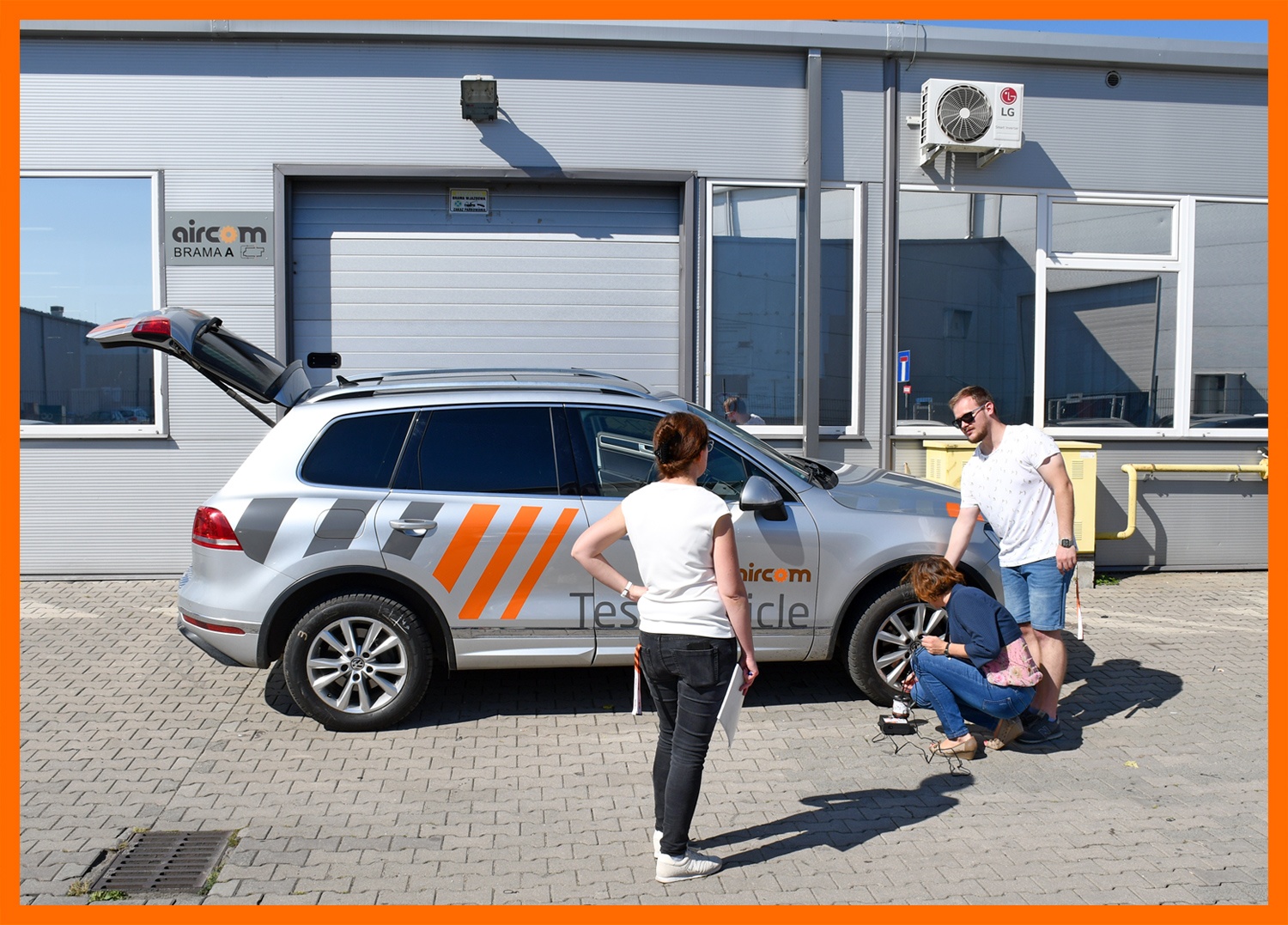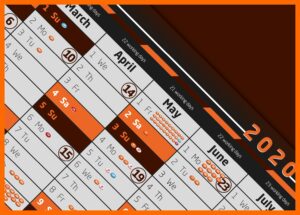User Experience Tests
Last week, a team of engineers working in R&D and a marketer conducted user experience tests, i.e. testing the total experience of the user when using the product (Wikipedia:).
Participating in our research were employees of satellite departments against the main core (construction), including employees from the HR and Accounting Departments, respectively. We didn’t leave out newcomers to the Aircom Group, i.e. people with relatively short seniority. It was important to us that the operation of our repair kit was thoroughly tested by employees who had not yet got into their professional routine, and who do not have direct contact with the product on a daily basis.
The experiment was to check the readability of new instruction labels for operating individual components of our set. Ergonomic elements and the new product colors are meant to provide satisfaction from use and evoke positive associations for the user. Added elements, such as QR codes redirecting users to a subpage in a mobile application or an instructional film, are further conveniences that we have included on the labels of our compressors and sealant bottles to facilitate the use of the set for the end-user.
Our goal in conducting the tests was to minimize the possibility of the wheel repair kit buyer making a mistake in the process of sealing the wheel. This is the next stage of preparation of our compressors and sealants for sale on the retail market, especially in the aftermarket area.

Kinga Salus, PhD
Chemical Products R&D Manager
Paweł Koziołek, PR & Marketing Manager, Aircom: What did the tests involve?
Kinga Salus, PhD: We staged a situation where the user is on a business trip and encounters an unpleasant surprise in the form of tire damage. In addition, the situation is accompanied by adverse circumstances: time limit, stress (we anticipated one person per hour including a test drive), etc. The test consisted of finding the set in the car and connecting it to the flat tire. It was not just about inflating the wheel, but above all about effectively sealing it.
P.K.: Do you think that such tests – I am thinking about UX here – are needed?
K.S.: Definitely. Such tests are mutally beneficial. For the R&D Department, they give a hint in which direction to go, developing the product so that it is as customer-friendly as possible in terms of readability, intuitiveness of use, and ergonomics.
For new employees, they are not yet substantively familiar with the product, and as potential users they are a kind of carte blanche. Thanks to this, their user experience becomes good research material for us, and at the same time allows them to familiarize themselves with the product in practical terms. It is easier to understand the entire functioning of the enterprise, knowing the ins and out of the product’s operation.
So I can say with certainty that we are dealing here with a classic win-win situation. The tests contributed to the development of our onboarding process. From this moment forward, they will be one of the elements of preparing a new person to work at Aircom.
P.K.: Did something surprise you during the tests?
K.S.: The reaction of people from the young generation of users. We had one person among the testers shortly after graduation. The first thing she did was scan the QR code. Overall, I was positively surprised by the approach of everyone taking part in our training. You could feel the enthusiasm and willingness to try their hand. The dimensions of the set and its clear instructions meant that even small women eagerly started working with the set.





